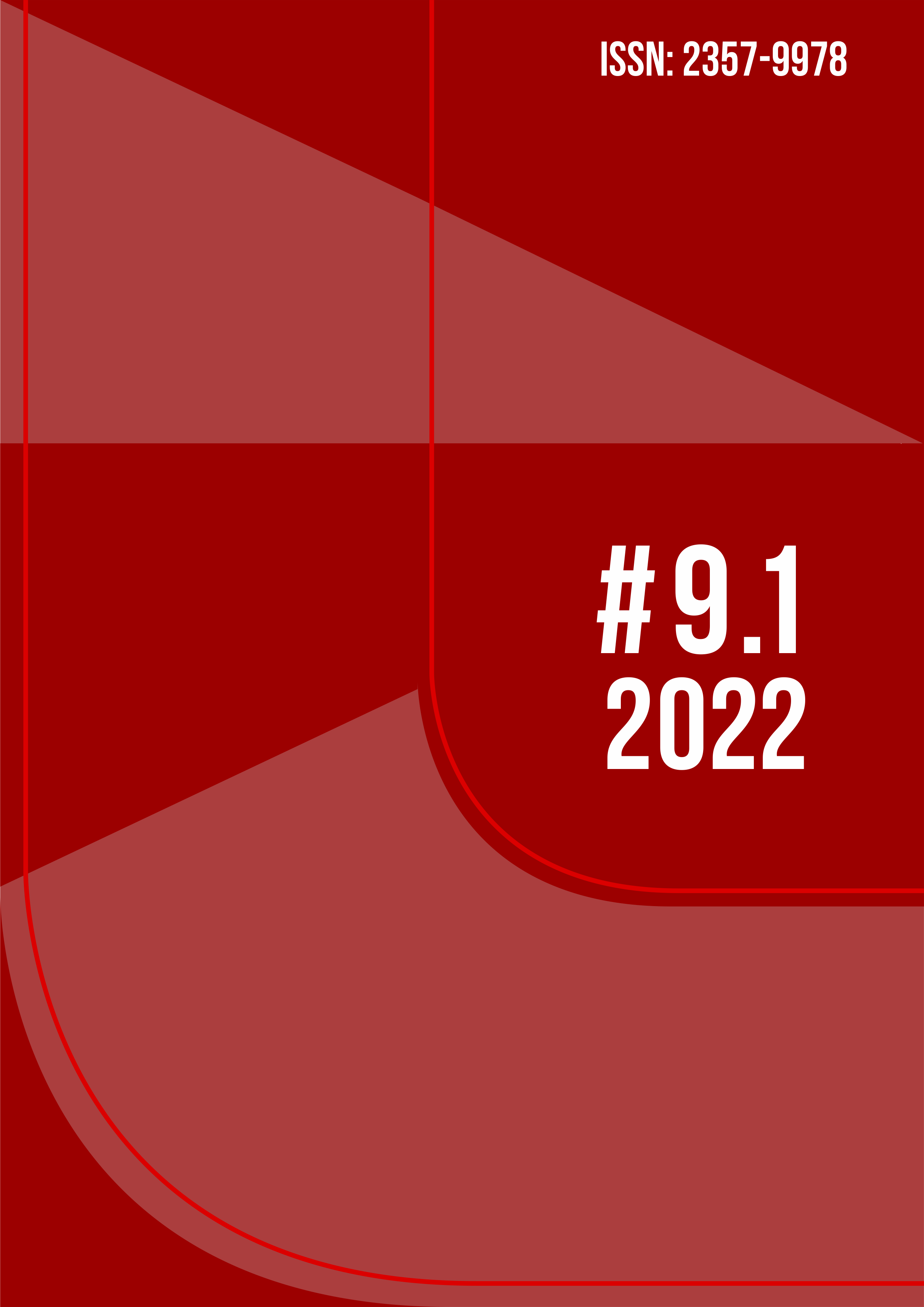Survivals of Rome in Federico Fellini
DOI:
https://doi.org/10.36025/arj.v9i1.29684Keywords:
Warburg, Survival, Movie theater, Federico Fellini, RomeAbstract
This paper proposes to apply the concept of survival developed in the iconology of Aby Warburg to the cinema dedicated to Rome in Federico Fellini's filmography. To achieve this purpose, the films Block-notes di un regista (1969), Satyricon (1969) and Roma (1972) are analyzed. According to this reading, these films are constantly traversed, and even inhabited, by survivals, which reach Fellini’s Rome from the legends of the city, from its history and its cinema, and even from the personal Roman experiences of the director himself. Two central questions make up the axes around which this approach is developed: firstly, how do survivals manifest themselves and what role do they play in Fellini’s films? And, secondly, do we witness the appearance of a new paradigm in relation to the inertia of the images or does Fellini’s work reveal a continuity, worth to be inscribed in the surviving images of Warburg?
Downloads
References
BENJAMIN, Walter. Sur le concept d’histoire. In Écrits français. Paris : Gallimard, 1991.
CIOCCHINI, Héctor. La descripción en Satyricon de Petronio y en el film homónimo de Fellini. In CIOCCHINI Héctor et VOLTA Luigi. Monstruos y maravillas. Buenos Aires : Corregidor, (1992) 2000, p. 105-117.
CIRIO, Rita. Il mestiere di regista. Intervista con Federico Fellini. Milano : Garzanti, 1994.
CHANDLER, Charlotte. Moi, Fellini. Treize ans de confidences. Paris : Robert Laffont, 1994.
CHASTEL, André. Le fragmentaire, l’hybride et l’inachevé. In Fables, formes et figures. Vol. 2. Paris : Flammarion, 1978.
DIDI-HUBERMAN, Georges. Devant l’image. Question posée aux fins d’une histoire de l’art. Paris : Les Éditions de Minuit, 1990.
DIDI-HUBERMANN, Georges. L’image survivante. Histoire de l’art et temps des fantômes selon Aby Warburg. Paris : Les Éditions de Minuit, 2002.
DIDI-HUBERMANN, Georges. La survivance des lucioles. Paris : Les Éditions de Minuit, 2009.
FELLINI, Federico. Cinecittà. Paris : Nathan, 1989.
FELLINI, Federico. Faire un film. Traduit de l’italien par Jean-Paul Manganaro. Éditions du Seuil, 1996.
HEIDEGGER, Martin. L’origine de l’œuvre d’art. In Chemins qui ne mènent nulle part. Gallimard, (1962) 2009, p. 13-98.
KEZICH, Tullio. Federico Fellini. Sa vie et ses films. Traduit de l’italien par François Martin. Paris: Gallimard, 2007.
PROUST, Françoise. L’histoire à contretemps. Le temps historique chez Walter Benjamin. Paris : Le livre de poche, 1999.
VARGAU, Marina. Romarcord: flânerie dans la cine-città. Thèse de doctorat. Université de Montréal, Canada, 2016.
ZANELLI, Dario (a cura di). Fellini Satyricon. Dal soggetto al film. Bologna : Cappelli, 1969.
ZAPPONI, Bernardino. «Roma» di Federico Fellini. Bologna: Cappelli, 1972.
Downloads
Published
How to Cite
Issue
Section
License
Copyright (c) 2022 Marina Vargau (Autor)

This work is licensed under a Creative Commons Attribution-NonCommercial-ShareAlike 4.0 International License.

This work is licensed under a Attribution-NonCommercial-ShareAlike 4.0 International (CC BY-NC-SA 4.0) License.
Authors retain copyright, while licensing their work under a Attribution-NonCommercial-ShareAlike 4.0 International (CC BY-NC-SA 4.0) License.


 English
English Português (Brasil)
Português (Brasil)
